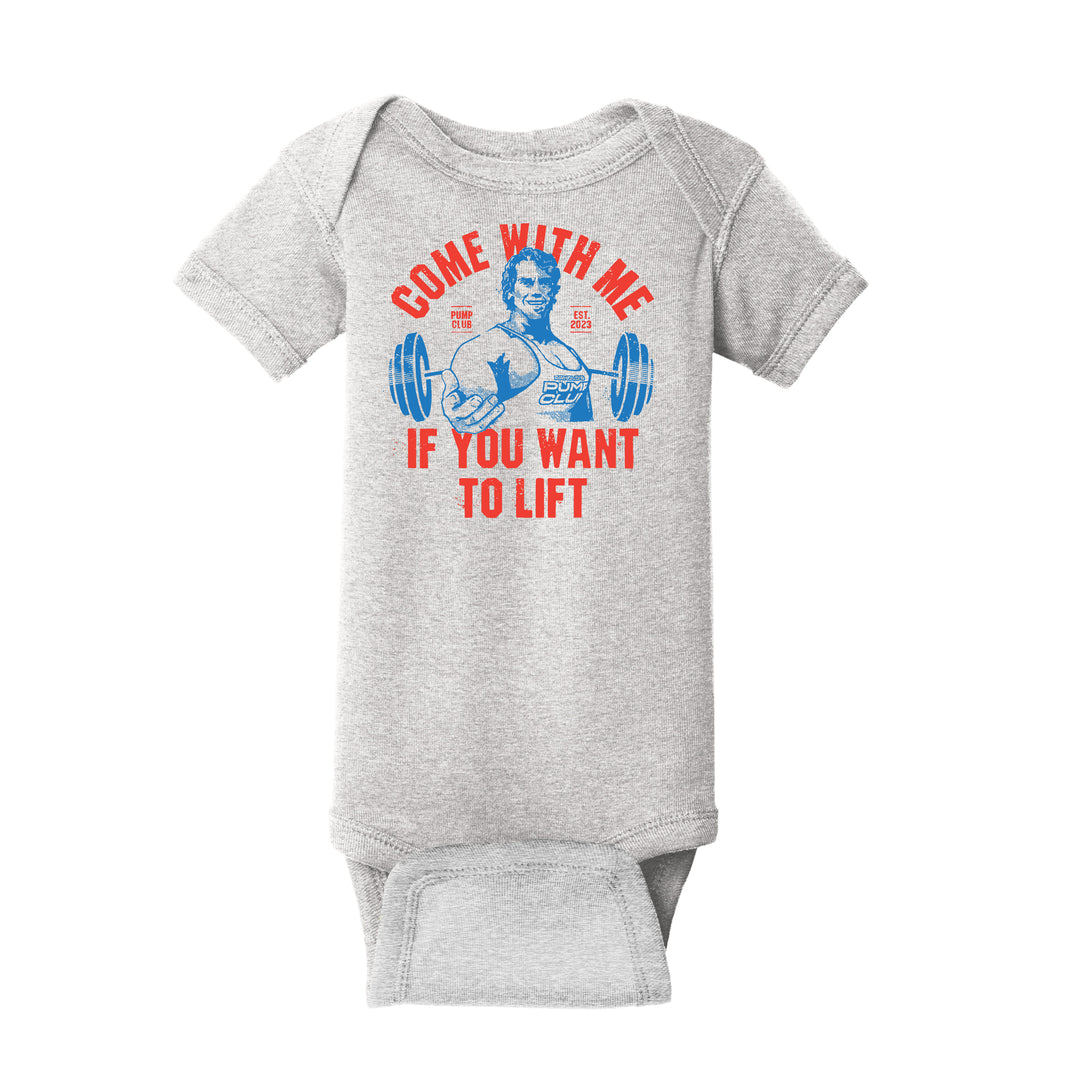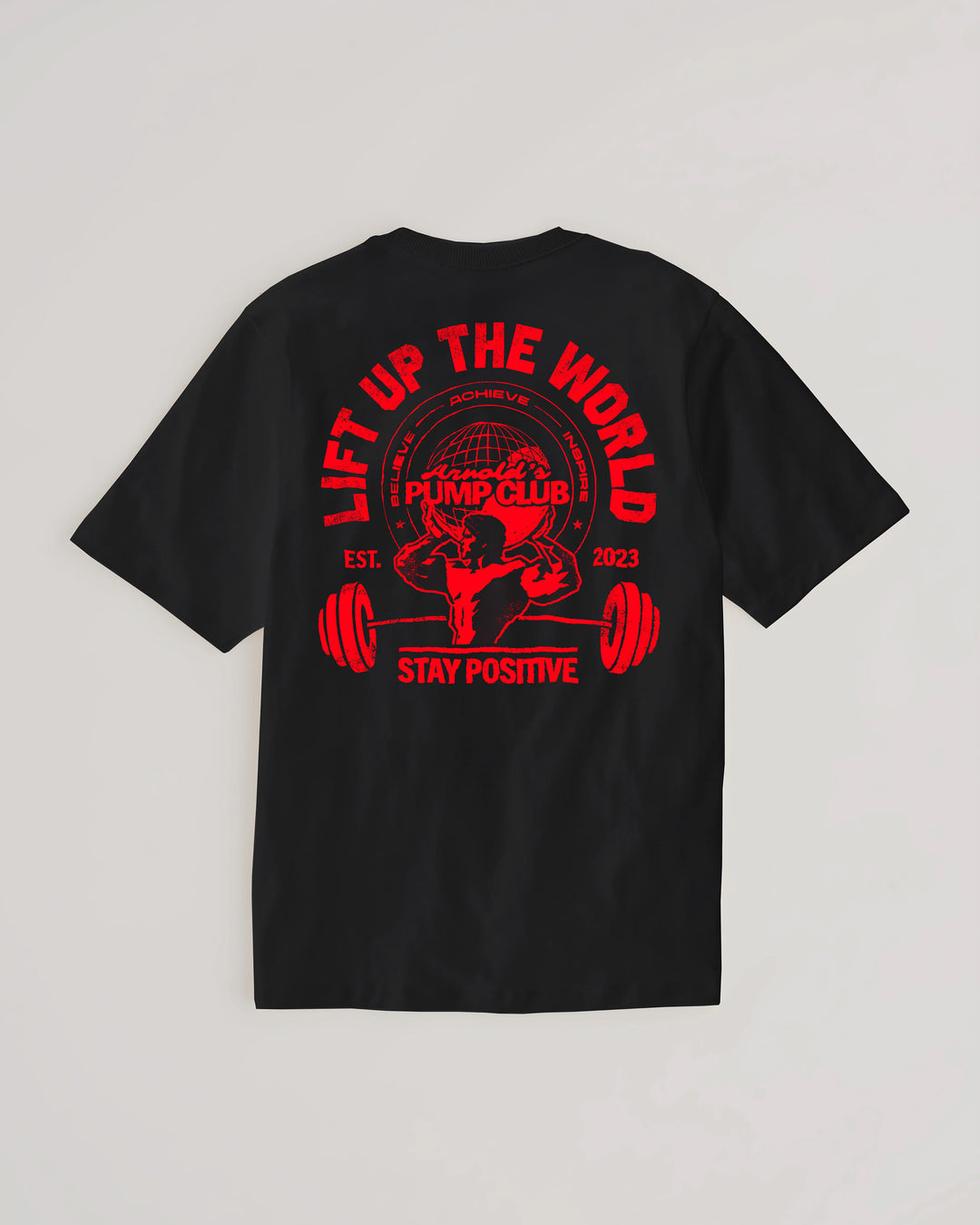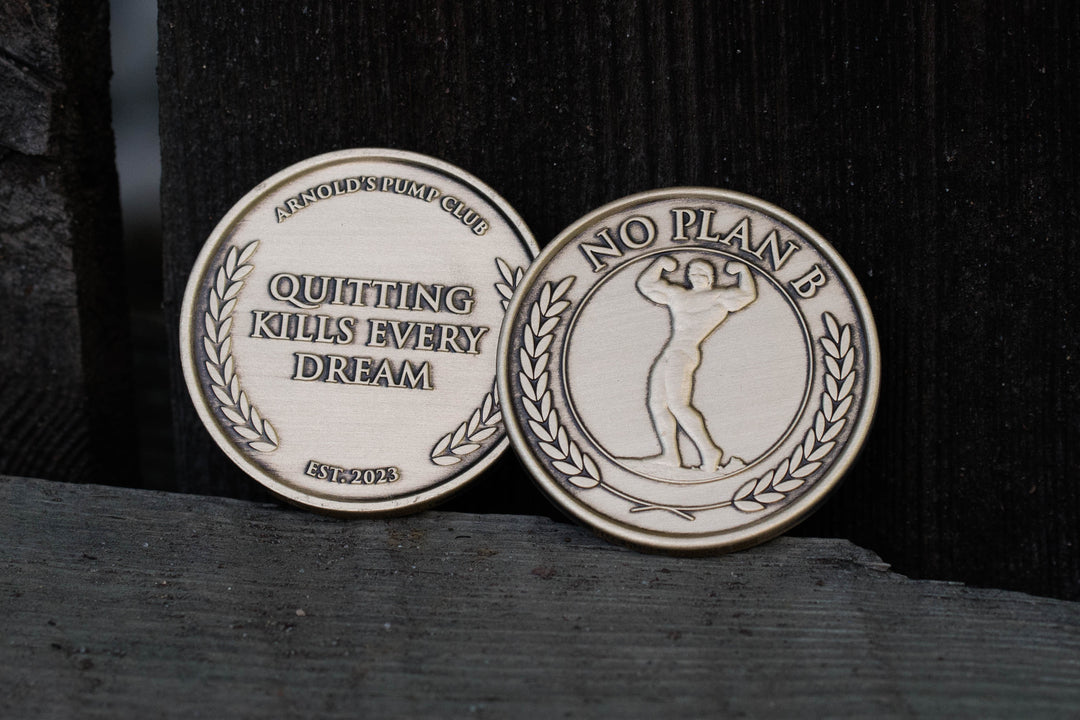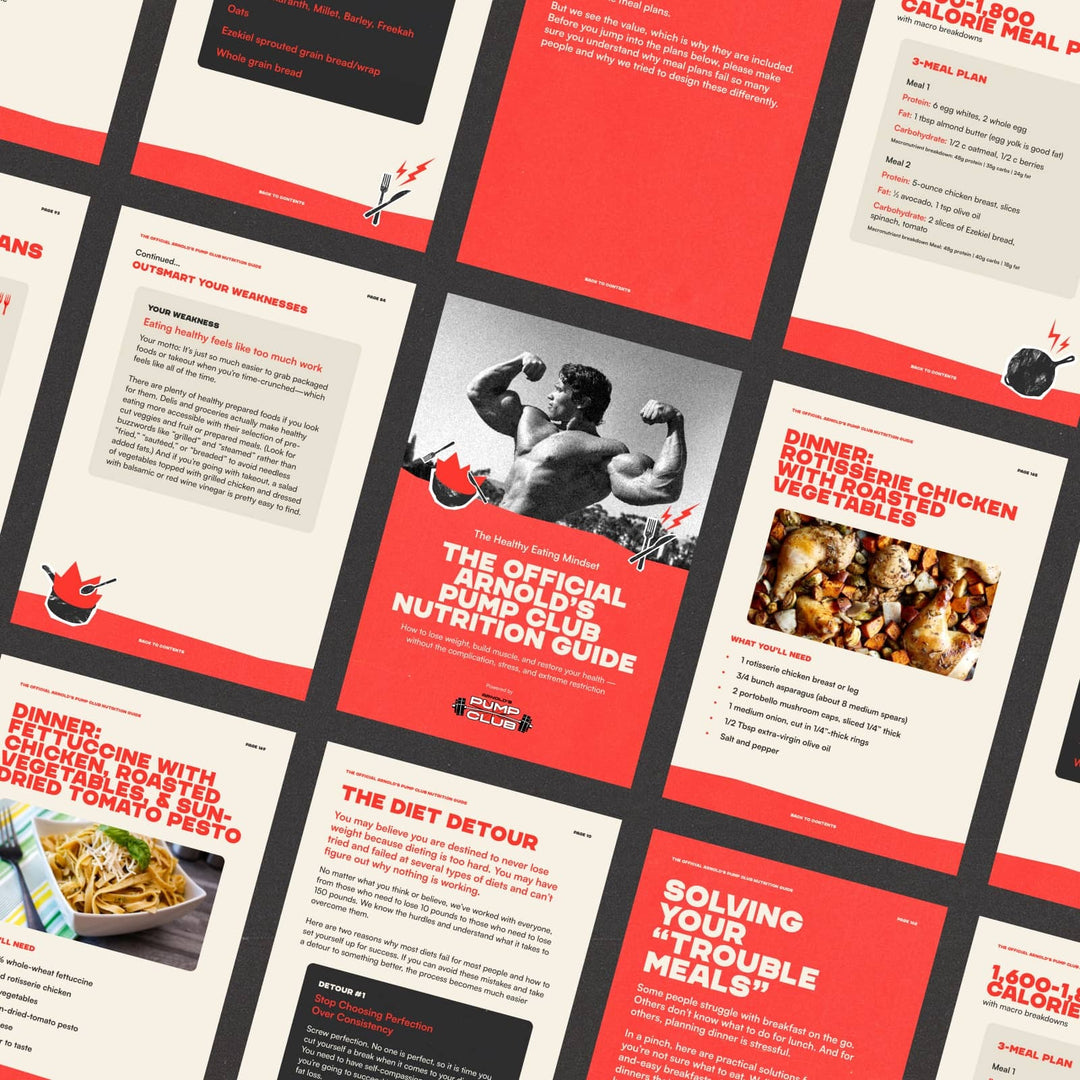Welcome to the positive corner of the internet. Every weekday, we make sense of the confusing world of wellness by analyzing the headlines, simplifying the latest research, and offering quick tips designed to make you healthier in less than 5 minutes. If you were forwarded this message, you can get the free daily email here.
Today’s Health Upgrade
Monday motivation
How to check your stress levels (overnight)
Workout of the week
Arnold’s Podcast
Want more stories from Arnold? Every day, Arnold’s Pump Club Podcast opens with a story, perspective, and wisdom from Arnold that you won’t find in the newsletter. And, you’ll hear a recap of the day’s items. You can subscribe on Apple, Spotify, Google, or wherever you listen to podcasts.
Arnold’s Corner
Monday Motivation: Overcoming The Fear Of Failure (Part 3)
We are back with my series on terminating your fear of failure.
If you missed part 1, where I talked about analyzing the risk of failure, or part 2, where I discussed the overblown fear of embarrassment, catch up, and they’ll help you digest this one.
Because today, once you’ve honestly assessed your fears, we are going to talk about what you actually should fear.
The third step of terminating the fear of failure is asking yourself where the real risk is.
Is it failing? Or is it never trying?
You’ve established that the worst thing that can happen if you try and fail is that you’ll be back in your current situation, living the life you are living today.
But something in your brain tells you that you want to improve that life, whether it’s with the diet, the training, the job, the love, or the vision.
There is a reason for that. Spend some time thinking about it. Your brain is trying to build a new vision. Let it do its work. Put your phone down and day dream. Start by thinking about what you’ve wanted to do that your fear has kept you from, and let your mind build on that. What’s the vision?
Do you want to train or eat better because you envision yourself as someone who is healthy and strong? Is your vision being the type of person who keeps up with their kids and grandkids even into old age?
Do you want to apply for that job because you see yourself as a leader? Do you want to learn a new language because you see yourself as someone who travels the world?
Once you have the real vision, you know what your fear is keeping away from you, so now, let’s do a real risk assessment.
We have already established that the risk of failure is not as big as you think. You won’t die. The farthest you can fall is the ground. We’ve established that the risk of embarrassment is smaller than you thought.
The real risk is not trying in the first place or holding back your effort because of your fear.
The real risk is spending the rest of your life wondering what might have happened if you hadn’t held back.
What’s worse, a life of regrets or a life of failures that didn’t kill you or embarrass you all that much?
I want you to sit down and envision yourself toward the end of your life. Do you think you’ll be happier if you know you tried as hard as you could, you left no stone unturned, you put in all the effort, and you had just as many failures as successes? Or do you think you’ll be happier if you played it safe and didn’t apply for the dream job, lift the weight, start the diet, talk to the crush, or chase that vision?
You all know my answer.
Next week, we will finish this series by talking about how to learn from your role models.
Recovery
How To Check Your Stress Levels (Overnight)
Want to know if your sleep schedule is stressing your body? Here’s a simple test you can do before you get out of bed.
Research suggests that increases in your morning heart rate can indicate whether you are more likely to feel more stressed.
Scientists analyzed college students who wore sleep-tracking devices to understand the relationship between sleep and feeling more stressed.
The researchers found that getting more sleep reduces your likelihood of experiencing moderate-to-high stress by 38 percent.
If you want to get a better sense of how much your sleep supports (or harms) stress reduction, check your heart rate in the morning. When you first wake, test your heart rate with a monitor or by taking your pulse for 10 seconds and multiplying by 6.
The research suggests that the odds of experiencing stress increased by about 4 percent for each additional beat per minute.
As a general rule of thumb, the participants had lower stress levels if they got about 7 to 8 hours of sleep per night, which aligns with other research. Stress decreased for every additional hour of sleep students received when they were not getting enough rest.
Training
Workout Of The Week
If you want to survive your hardest workouts — and keep getting better week after week — remember this advice: manage fatigue, don’t chase it.
And you can start practicing with today’s workout of the week. Each set is designed to push you towards failure but without pushing you over the edge. As the workout goes on, you’ll have to do more reps — but the exercises will get easier as you move toward bodyweight movement. The result is a total body workout that will make you stronger head to toe, while teaching you to push your body farther — without overworking it with endless sets and reps.
How to do it
You’ll perform two supersets, meaning you’ll perform two exercises back to back with minimal rest. Perform one set of the first exercise, rest, then one set of the second exercise, and take a break. Repeat, and then move to the next superset. Once you complete the supersets, you’ll finish with three bodyweight exercises, each taken to failure.
Superset #1
1A. Rear-foot elevated split squat: 2 sets x 5-7 reps/leg (rest 30 seconds)
1B. Kickstand deadlift: 2 sets x 5-7 reps/leg (rest 2-3 minutes)
Superset #2
2A. Chest press: 2 sets x 5-7 reps (rest 30 seconds)
2B. Bent-over row: 2 sets 5-7 reps (rest 2-3 minutes)
Sets to failure
3. Bodyweight lunges: 1 sets x as many reps as possible (rest 2 minutes)
4. Decline pushup: 1 set x as many reps as possible (rest 2 minutes)
5. Inverted row: 1 set x as many reps as possible (rest 2 minutes
—
Publisher: Arnold Schwarzenegger
Editors-in-chief: Adam Bornstein and Daniel Ketchell




























































